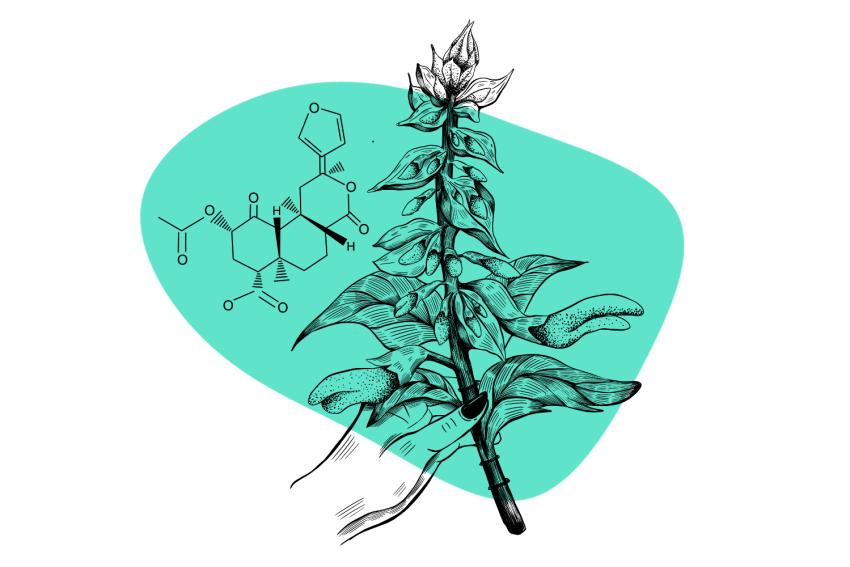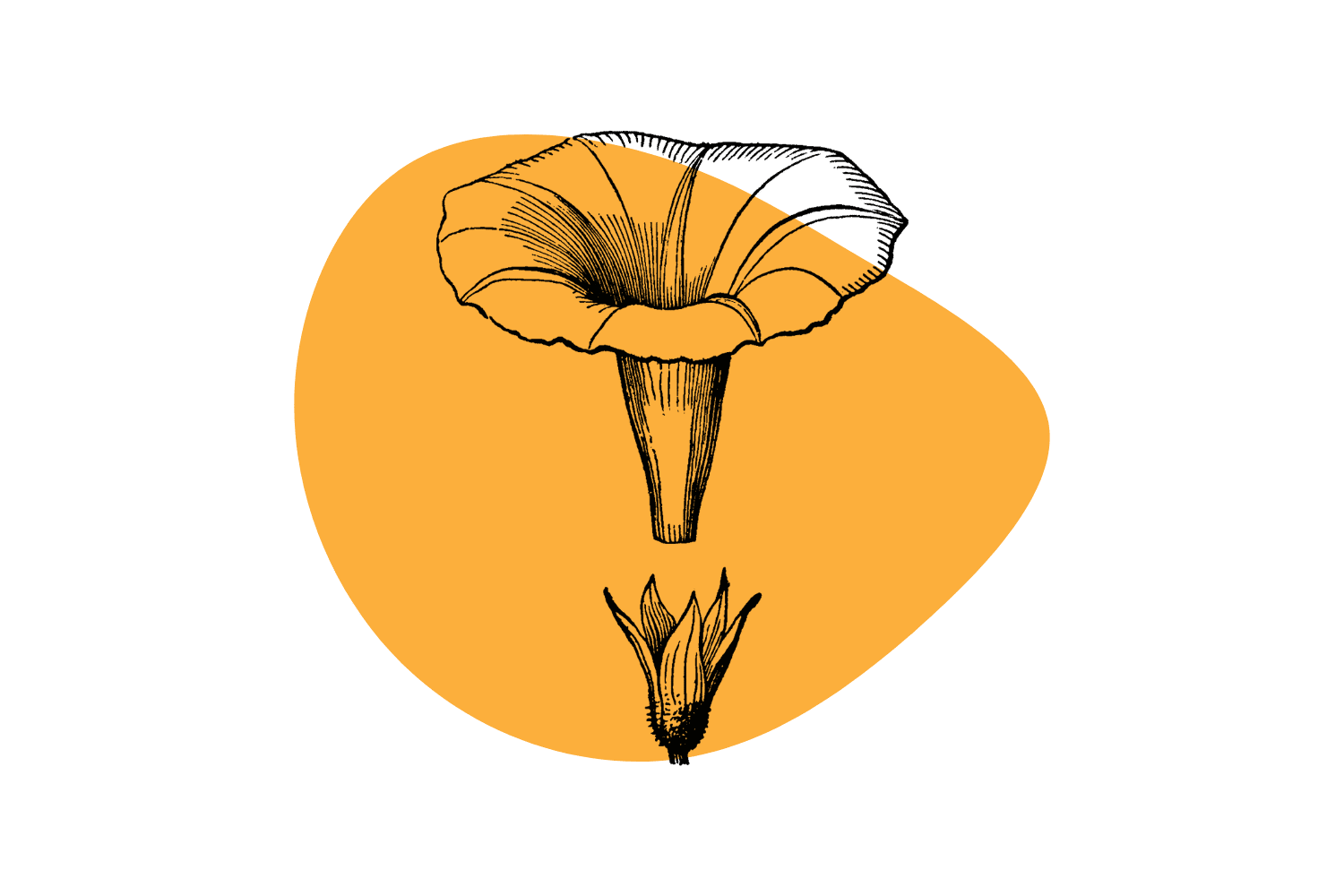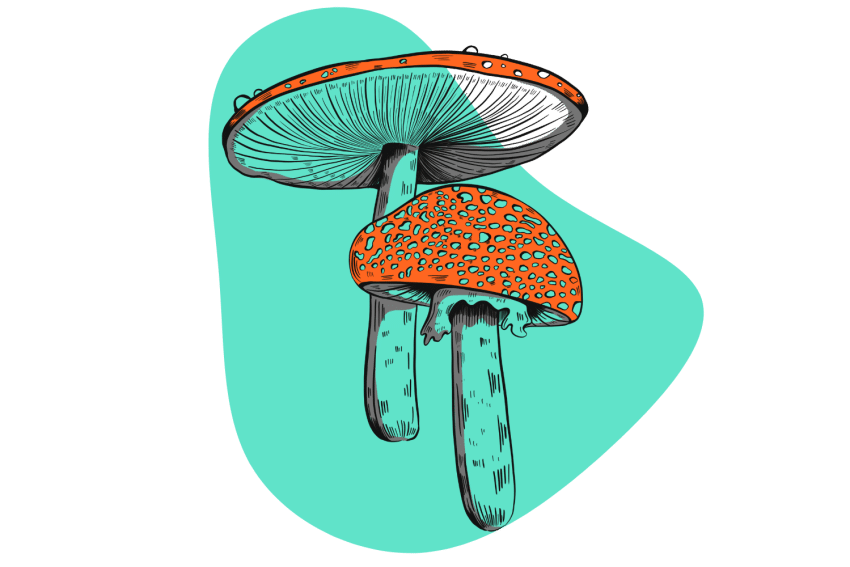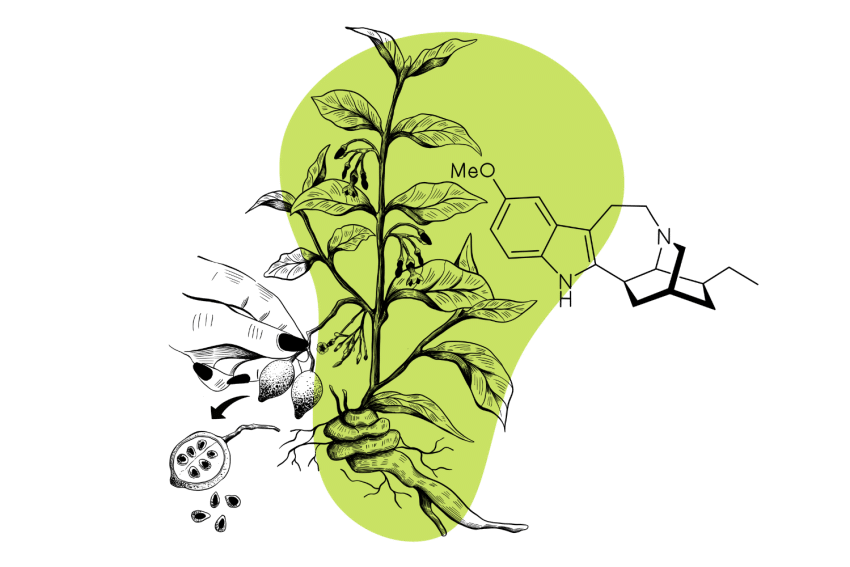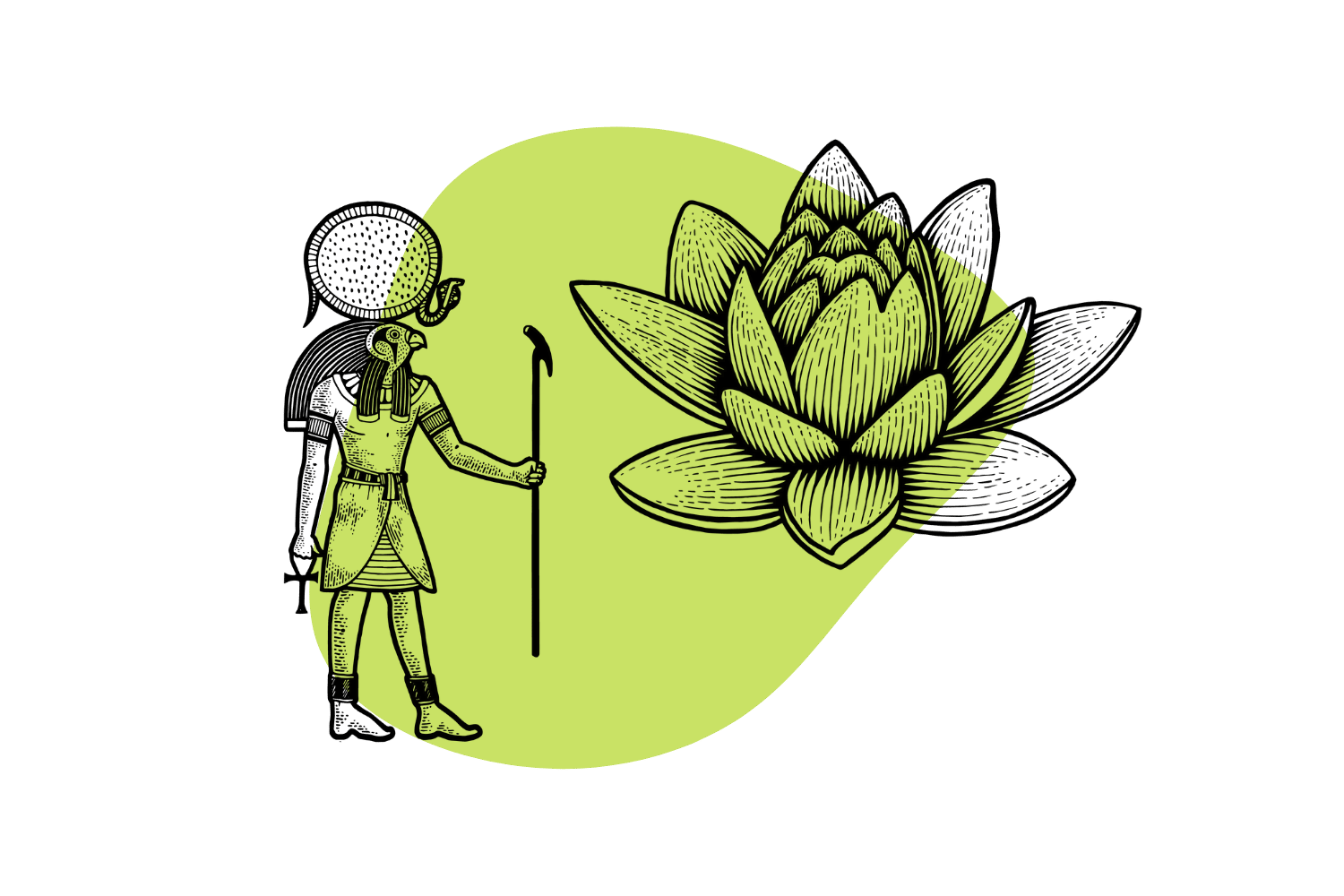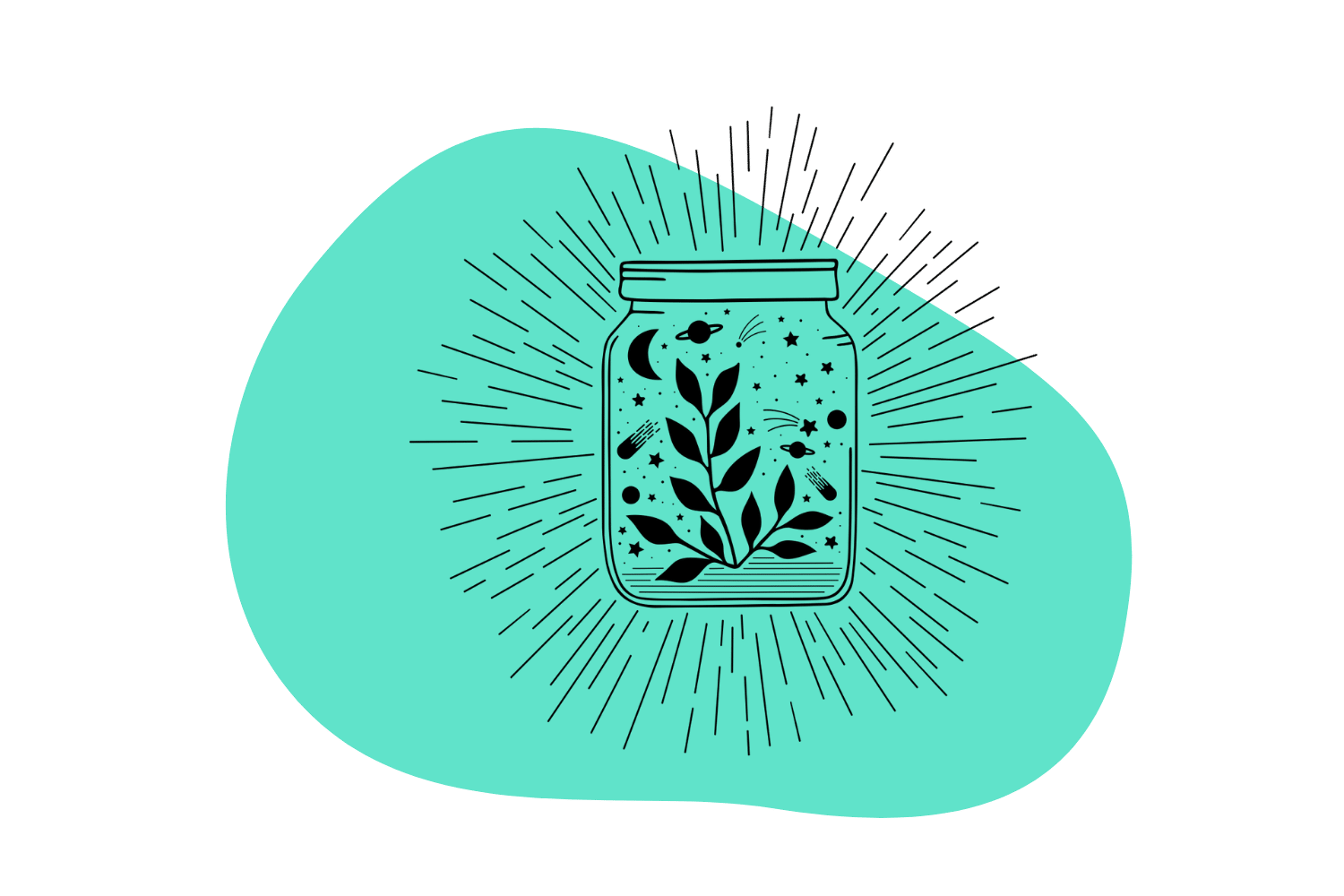White Water Lily (Nymphaea ampla): The Sacred Mayan Lily
The White Water Lily appears in Mayan art as a symbol of transformation. We now know Nymphaea ampla contains active alkaloids capable of inducing altered states.
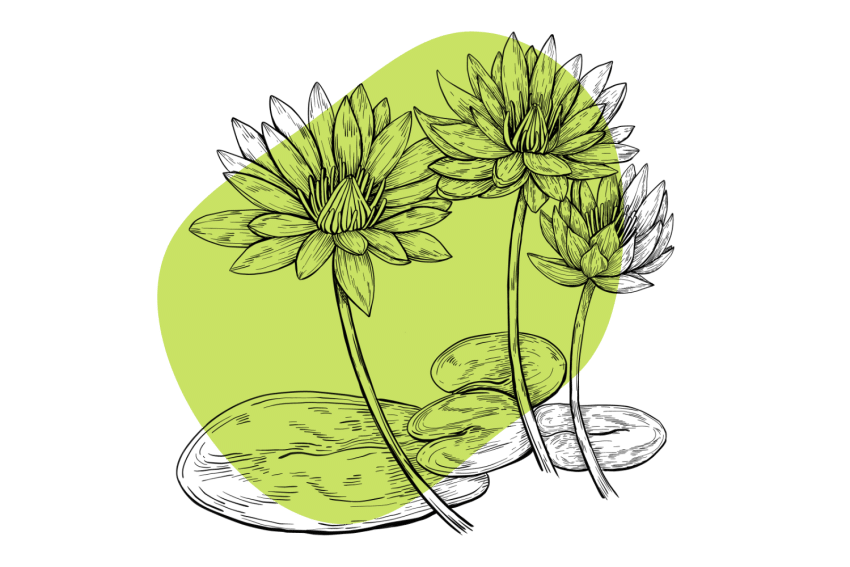
White water lily or Nymphaea ampla is an aquatic flower in Central and South America.
The flower appears throughout Mayan art and was likely revered for its psychoactive effects and use as medicine. The Mayans gave the lily many names, like Naab and Nikte’ha’.
The flower appears to have many different meanings, with a focus on – water, transformation, and animals like the crocodile and jaguar. White water lily has an association with Mayan Gods and monsters from the aquatic underworld.
Nymphaea ampla is part of the Nymphaecea family of lilies used for sedative effects, lucid dreaming, medicine, and as even as a food source worldwide, notably the Egyptian Blue Water Lily Nymphaea.
Traditional Uses of White Water Lily
The White Water Lily often appears in Mesoamerican art ceramics, on temples, and in ancient chronicles like the Dresden Codex [1]. The lily appears in scenes involving fertility, life, death, and birth. One of its names, “Nikte’ha’” means “vulva of the water.”
The flower is also often shown in the mouth of the rain god Theotihuacan. Other scenes show the lily as part of a shaman’s transformation into a jaguar.
Evidence suggests that Mayans added Naab, along with other psychoactive plants such as ololiuhqui, to blanché – both alcoholic and psychoactive brew used in rituals and to “travel dimensions.”
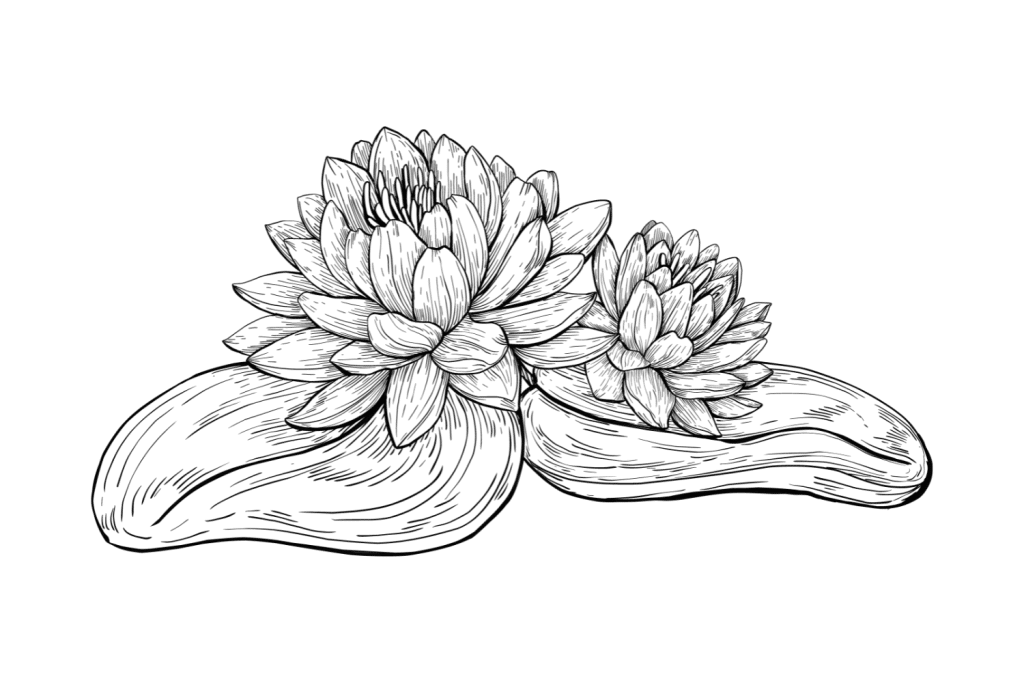
White Water Lily in Mayan Medicine
Mayans use the White Water lily Mayans in a magico-religious context and as a practical medicine. In a Mayan healing ritual, a priest might call upon the water lily to aid in healing.
Other medical uses of the lily were [2]:
- Heal ulcers
- Treat skin conditions
- Sedation
- Pain management
- Induce vomiting & diarrhea
What’s The Dose of White Water Lily?
The dose of White Water Lily depends on the method of consumption and will depend on the concentrations of alkaloids in an individual plant — and every plant is different.
To avoid nausea or excessive drowsiness, start low and find what feels good with the plant material you have.
White Water Lilly Dosages & Formats:
- Wine Infusion — The sensuous classic. Place 5-10 grams into a bottle of wine for 24 hours to several weeks. Higher doses will affect the taste of the wine. The Mayans added White Water Lily to their own alcoholic drink Blanche.
- Smoke — Five grams of dried leaves and bulbs apparently achieve effects. Others say two bulbs are a psychoactive dose, and other sources recommend a combination of bulbs and flower petals.
- Tea — brewing the leaves as tea is a common but less potent method of consumption. For tea, add 5 grams to warm water (just below boiling point.) Steep for 10 minutes while covered. Adding some honey can lighten the floral and bitter taste.
- Resin & Extracts — Various White Water Lily extracts in the form of powders are online. Strengths can vary, being 20x and up. Consumption is the same as the methods above – infusions, smoking, and tea.
How Long Does White Water Lily Last?
The duration of effects for this psychoactive herb can range substantially. In general, white water lily should remain active for about 1–4 hours — but different consumption methods can affect the total duration slightly.
- Wine Infusion — Effects come on with alcohol and last 1–4 hours.
- Smoked — Effects felt within seconds and last about 90 min, sometimes longer.
- Tea — Effects within about 15-30 minutes and can last 1–4 hours, depending on the dose.
What Does White Water Lily Feel Like?
Despite the Mayan glyphs of shaman traveling dimensions, Water Water lily isn’t psychedelic like other plants they favor, like magic mushrooms, morning glory, or peyote.
White water lily mainly offers calming, sedative, and oneirogenic effects. The flower has a reputation as an aphrodisiac, particularly as an infusion of wine. Effects are pleasant and warm, floating and euphoric. It’s used to induce lucid dreaming and helps shamans receive information from the spirit world.
There are some reports of hallucinations at higher doses, but these doses are also much more likely to trigger side effects like nausea.
The Key Features of White Water Lily Include:
- Enhances dream states & improves dream recall
- Induces states of euphoria
- Calming and mild sedative effects
- It can cause nausea and vomiting in higher doses
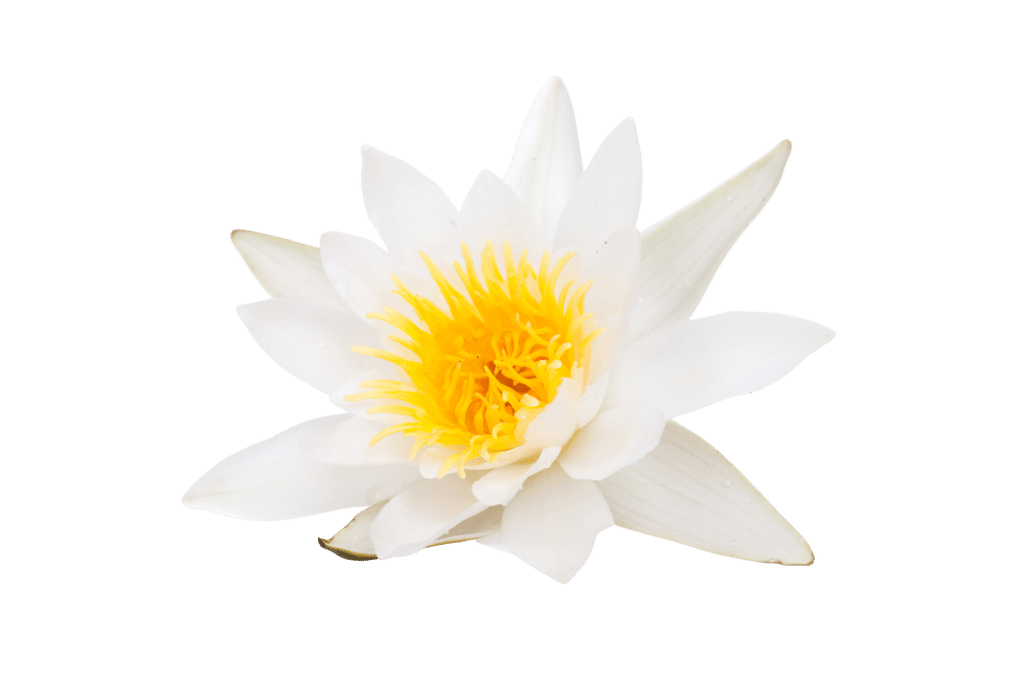
How Strong is White Water Lily Compared To Other Psychedelics?
Some compare White Water Lily to sedatives like opium, but its effects are not nearly as strong. William Emboden wrote about White Water Liliy’s use as a replacement for opium in 1822 [3].
However, while it can offer relief from pain, it is not an opiate, and its effects are less potent than morphine.
White water lily does alter perception, but much more subtlety than mushrooms or LSD. The world can seem surreal in a way comparable to a threshold dose of psychedelics.
It’s most similar to other oneirogenic herbs like the blue lotus flower, Amanita muscaria, or Calea zacatechichi — none of which are overtly psychedelic but do offer some sensory perception changes and have an especially strong impact on dreams.
Some reports exist of hallucinations at high doses, but this is not the norm. Such high doses of the lily tend to overwhelm the user with sedation and uncomfortable nausea.
Is White Water Lily Safe?
Wikipedia lists water lilies as toxic because of an alkaloid called nupharin found throughout the Nympheae genus. Around the world, the roots of water lilies are considered a famine food — often boiled as preparation to remove the nupharin [4].
However, more recent studies of other water lilies in animals and humans do not raise alarm about nupharin [5].
There is a danger of consuming too much Nymphaea ampla. A high dose will put someone to sleep, cause nausea, diarrhea, dizziness, and increase heart rate or cause palpitations.
Because water lilies are not “true” lilies found in gardens, they are not poisonous like some of the flowers in the land-based Lilium genus.
Side Effects of White Water Lilly:
- Nausea
- Vomiting
- Diarrhea
- Drowsiness
- Rapid heart rate
What Does White Water Lily Look Like?
Also known as “Dotleaf Water Lily,” Nymphaea ampla occurs in still or slow-moving aquatic environments throughout Central America, reaching up to Texas. There are rumors it exists in South America as well.
The genus of Nymphaea contains many species with very similar characteristics, and some are only distinguished by phytochemical analysis. This makes identification of Nymphaea ampla difficult.
Nymphaea ampla‘s white flowers have 12-21 petals and extend above the water 5-6 inches. Its leaves are serrated or wavy, distinguishing it from similar species like American White Water Lily (Nymphaea odorata.)
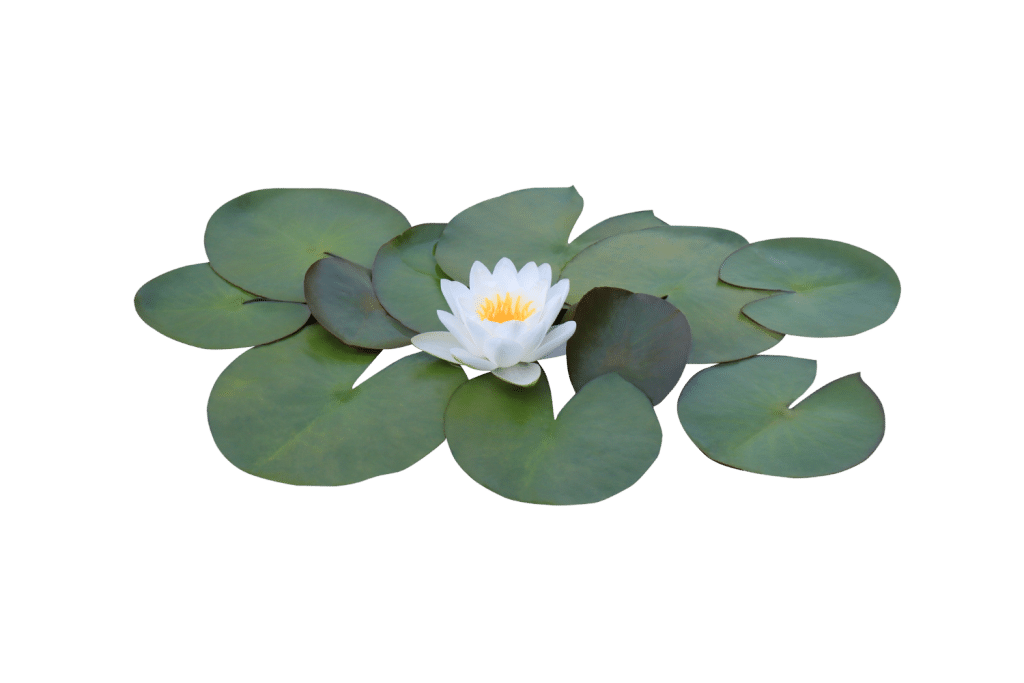
Is White Water Lily Legal?
White Water Lily or other members of the Nymphaea genus are not Scheduled Substances in most parts of the world.
A ban on the Egyptian Blue Lotus in Louisiana and Russia exists, but Nymphaea ampla is not specified.
How Does White Water Lily Work?
The principal active compound in White Water Lily is apomorphine, an isoquinoline alkaloid [6]. It’s the same alkaloid found in the blue lotus flower.
Despite having a name containing “morphine,” apomorphine does not bind to opioid receptors, but it is both psychoactive and sedative.
Apomorphine interacts with:
- Dopamine receptors — mainly D2, less at D1
- 5-HT2 receptors — A class of receptors associated with psychedelics
- α-adrenergic receptors —involved with adrenaline and noradrenaline
Current research with apomorphine targets Parkinson’s disease and erectile dysfunction because of its actions on motor function and blood flow.
As early as 1899, there were tests with apomorphine as a treatment for alcoholism, and interest in it as an addiction treatment is still receiving attention. It is also of interest for treating Alzheimer’s due to its inhibition of the formation of plaque in the brain associated with the condition.
Apomorphine also slows the breakdown of dopamine in the brain while also inhibiting its creation. The compound is also known to increase the production of nerve growth factor (NGF) [7].
References
- Emboden, W. A. (1983). The ethnobotany of the Dresden Codex with special reference to the narcotic Nymphaea ampla. Botanical Museum Leaflets, Harvard University, 87-132.
- Voogelbreinder, S. (2009). Garden of Eden: The Shamanic Use of Psychoactive Flora and Fauna, and the Study of Consciousness. Snu Voogelbreinder.
- Embolden, W. (1972). Narcotic plants, hallucinogens, stimulants, inebriants, and hypnotics-their origins and uses.
- Irvine, F. R., & Trickett, R. S. (1953). Waterlilies as food. Kew Bulletin, 363-370.
- Singh, M., & Jain, A. P. (2017). A review on genus Nymphaea: multi-potential medicinal plant. Asian Journal of Pharmaceutical Education and Research, 6(4), 1-9.
- Bertol, E., Fineschi, V., Karch, S. B., Mari, F., & Riezzo, I. (2004). Nymphaea cults in ancient Egypt and the New World: a lesson in empirical pharmacology. Journal of the Royal Society of Medicine, 97(2), 84-85.
- Ohta, M., Mizuta, I., Ohta, K., Nishimura, M., Mizuta, E., Hayashi, K., & Kuno, S. (2000). apomorphine up-regulates NGF and GDNF synthesis in cultured mouse astrocytes. Biochemical and biophysical research communications, 272(1), 18-22.

